While looking for methods to create a food forest in my backyard, I came across Permaculture and Syntropic Farming.
I was fascinated by the similar results both systems produced.
However, I soon noticed subtle differences in their philosophies and objectives, impacting their approach to system design and food production.
Let’s look at 10 differences between Syntropic Farming and Permaculture and explore possible uses of both.
1. Scientific vs. Social Approach
The Syntropic Farming techniques, developed by Mr. Ernst Götsch, were initially intended to turn a depleted parcel of land into a thriving, productive forest.
He used a scientific approach, collecting and analyzing as much feedback as possible from ongoing trials.
This activity produced a simple method capable of accelerating natural succession, creating a thriving forest in less than 40 years, which generally would have taken over 500.
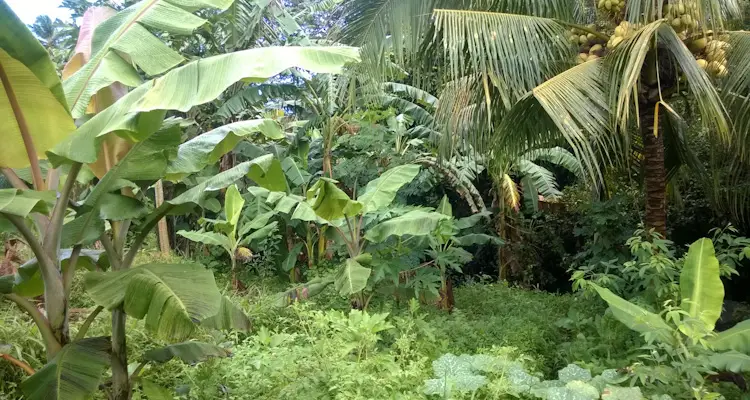
Whereas Permaculture, popularized by Mr. Bill Morrison, seeks to create a more sustainable society.
Mr. Morrison suggested principles to guide social development, benefiting both people and the planet while securing a profit.
Even though Permaculture includes regenerative agriculture, some enthusiasts see food production as a tool to support the community and not necessarily the main focus.
As a result, practitioners of Permaculture can become immersed in philosophy, ideologies, and socioeconomic issues without partaking in agricultural practices.
2. Simplicity In System Design
Permaculture proposes an idealistic process for designing food systems that can get a bit technical.
On the surface, dividing an area into sectors seems like common sense. For example, place certain plants and animals that require more care and attention closer to the main home.
However, many considerations go into the system’s design, such as zones, natural patterns, the flow of energy, diversity, stability, and sustainability which can take a while to understand.
Syntropic Farming, on the other, presents a more hands-on approach to food production. One in which you learn and adapt as the system develops.
It condenses most of the theory into three core guiding principles, which can easily be understood and implemented.
Instead of distinct zones, Syntropic Farming removes the borders, indirectly reinforcing that we are not separate from nature.
As can be expected, this results in a much simpler design, unlike the aesthetic wonders common in Permaculture.
3. Cost To Create The System
In theory, Permaculture is cost-efficient, encouraging us to use our natural resources as much as possible.
However, in practice, the costs can add up rapidly. This starts with the cost of courses, certification, and other learning necessities.
Apart from land and labor, various tools, equipment, and materials will be required to get started.
Of course, with enough knowledge and experience, this cost can be kept at a minimum, but remember, this knowledge isn’t cheap.
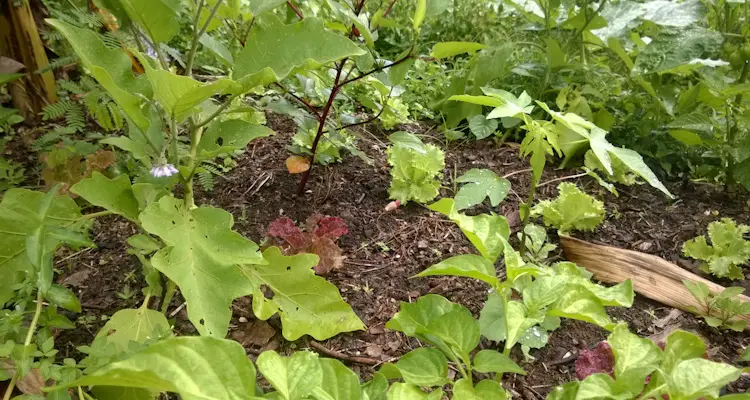
Due to the simplicity of Syntropic Farming, you can literally create a system with some hand tools, an assortment of seeds, and other planting materials.
Like Permaculture, you will have to gain the necessary knowledge.
However, Syntropic Farming allows anyone to start with the fundamental knowledge and enhance this with additional research and experience along the way.
4. Speed Of Economic Return
One of the most attractive features of Syntropic Farming systems is producing food and generating an income in 3 months or less, then continuing to do so for years to come.
This is partly due to its focus on efficient food production without paying much attention to aesthetics, access, or water retention.
Eventually, the system develops into a beautiful, self-sufficient entity, meeting its needs and other creatures that reside within.
Permaculture can also produce a relatively fast return once the system is set up.
Unfortunately, a Permaculture system can take 6 to 18 months to install, depending on available resources.
However, once operational, the system can produce many plant and animal products, eventually laying the foundation for numerous industries.
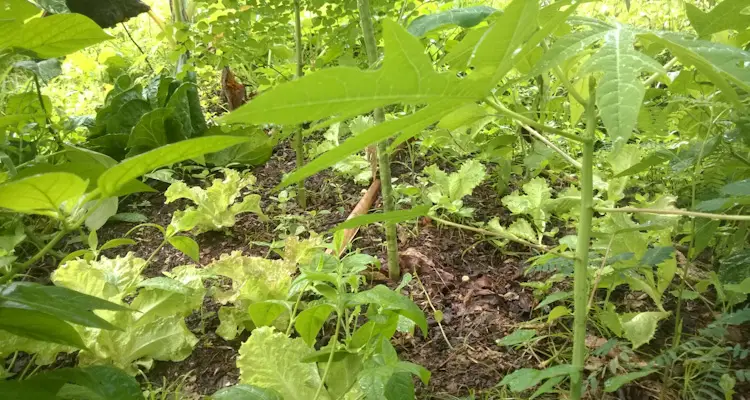
5. Energy Requirements Of The System
Permaculture seeks to design systems that harvest and make use of various energies.
This is evident by its emphasis on functional design.
However, the energy required to create and maintain a complete Permaculture system can be astronomical based on location.
There isn’t an equal return on the time, money, or energy invested in most instances.
This is contrary to the core principles of Syntropy which aims to create a system that returns more than invested over time.
Syntropic Farming also requires an upfront investment in time and labor. However, this reduces significantly as the system becomes established.
Monetary costs are also minimal since there isn’t a need for extensive earthworks, elaborate tools, and specialized equipment.
6. Integration Of Livestock
Mr. Götsch indicated that Syntropic systems will sustain animals of various sizes over time. Still, he does not focus on the integration of these animals.
As a result, you will be required to seek alternative methods of livestock management suitable for use in your system.
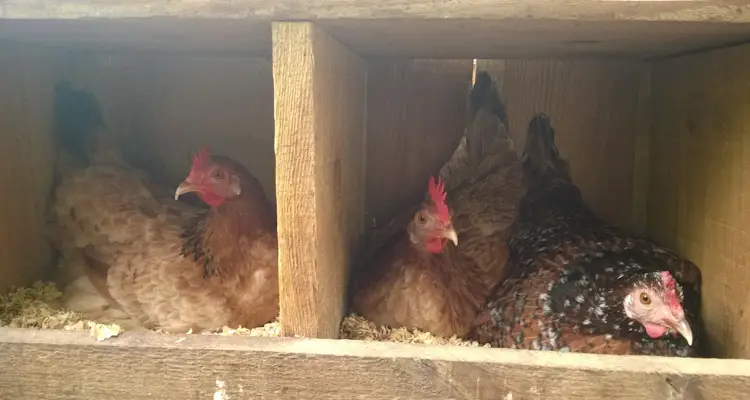
On the other hand, livestock plays a significant role in managing Permaculture systems.
Chicken Tractors, Movable Paddocks, and other innovations are some of the structures that have gained popularity in recent years.
Ideally, you would choose animals based on the size and location of your property and manage them accordingly.
7. Approach To Improving Soil Fertility
Both Syntropic Farming and Permaculture make reference to the soil food web. Still, they differ significantly in their approach to restoring and sustaining it.
Syntropic Farming proposes a somewhat hands-off approach to improving soil fertility. It understands that if you provide the right conditions and limit disturbance, the soil web will develop naturally over time.
To accomplish this, we are encouraged to initially till the soil to reset the system, then keep the ground covered with organic material from that point onwards.
The only disturbance promoted by Syntropic Farming is synchronized pruning to stimulate microbial activities within the soil.
Permaculture takes a more active approach, drawing from various methods to achieve soil fertility.
For example, chop and drop, compost tea, worm castings, composting, liquid fertilizers, and mulching are well-known techniques used by Permaculture enthusiasts.
These techniques produce exceptional yields but, in some instances, may result in a certain degree of long-term dependency.
8. Scalability And Mechanization
From the beginning, Syntropic Farming was designed to prove that it can produce a profitable yield from the land without depending on external inputs, such as chemical fertilizers or pesticides.
It was designed to be scalable and possibly mechanized as an alternative to conventional agricultural practices.
While the very nature of Syntropic systems encourages diversity, the row layout makes it possible for various machinery to be used without much of an issue.
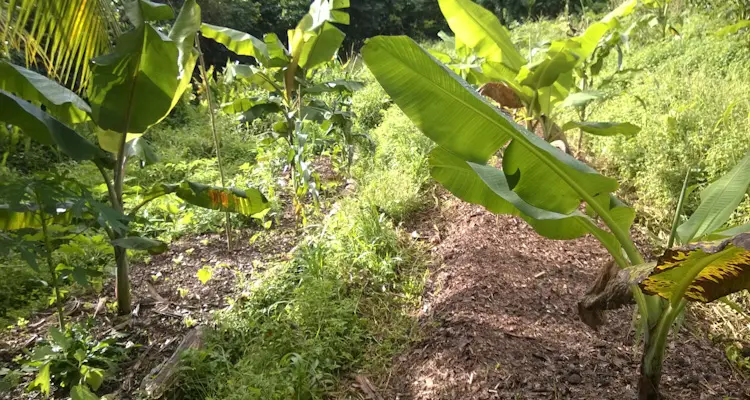
Due to the complexity of the design, Permaculture systems can be challenging to scale beyond a certain point. They also require significant alterations to be mechanized.
In some instances, the scaling of a Permaculture system can require community cooperation. Which in itself is a significant hurdle to cross.
However, suppose you are persistent and get all the major players on board. In that case, the result is phenomenal within some years.
Unfortunately, Permaculture systems are usually a fraction of the size of Syntropic Agroforestry due to numerous reasons.
9. Familiarity vs. Novel Ideologies
Both Syntropic Farming and Permaculture draw from traditional and indigenous practices. However, they differ considerably in their underlying ideals.
While Mr. Götsch often alludes to philosophical principles when talking about life and our interactions with nature. He never requires that practitioners follow such teachings.
He emphasizes the core principles of Syntrophy, which incidentally are similar to traditional farming practices. He then presents a structured approach to creating a Syntropic food production system.
This allows farmers to quickly understand, accept and implement the techniques without hesitation.
On the other hand, Permaculture indirectly attempts to enforce ideals, morals, and other mindsets onto people from different cultures and ethnic backgrounds.
While this is great to foster enthusiasts, it can be detrimental to relations between the presenter, prospects, and certain authorities.
As a result, some people interpret this as an attack on their cultural beliefs, resisting the teachings and associated practices.
10. Longevity Of The System
In theory, a Syntropic Agroforestry system can last indefinitely, growing from stage to stage being reset when necessary.
However, in reality, it can only last as long as the owner or management entity exists to protect it.
Unfortunately, human beings have proven to be destructive.
Unless there is a complete mindset change, a Syntropic system will be a prime resource to be pillaged if left unattended.
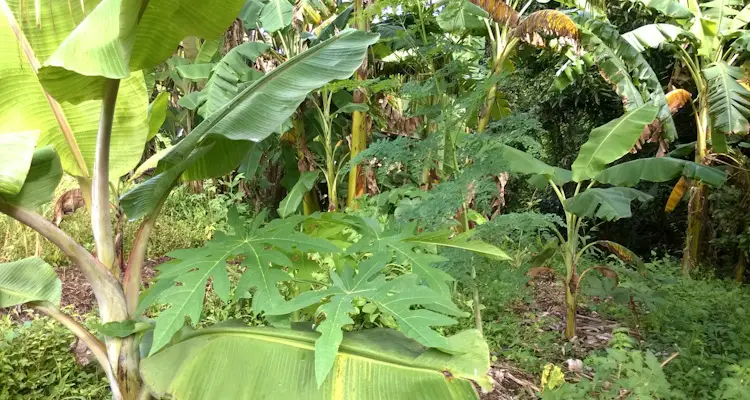
Permaculture seeks to create a more cooperative mental attitude from the start, resulting in a community approach to caring for and protecting valuable resources.
As a result, a Permaculture system has the potential to prosper for generations, provided the basic principles, ideologies, and morals are respected and passed on.
Ultimately, the major problem that often hinders the adoption of Permaculture principles becomes the solution to a prosperous, permanent society.
Final Thoughts
After a few months of working on our food forest, it became clear that the differences between Syntropic Farming and Permaculture complement each other.
The holistic Permaculture design process worked together with the practical but straightforward guidelines presented by Syntropic Farming.
While it might be tempting to compare, it is more beneficial to study both systems and choose which aspects work best for your project.
Ultimately, it all boils down to seeking the information required to get the results you desire.
Related Questions
What Is A Permaculture Food Forest?
A Permaculture Food Forest is a food production system that mimics the intersection between farmland and a forest. It is planted with an assortment of edible plants and trees, using vertical spacing to maximize the diversity of yields.
Is Permaculture An Agroforestry?
Permaculture uses various aspects of Agroforestry in its design process, especially in creating food forests. However, it is not an Agroforestry technique but rather a complete design process focused on establishing permanent communities.
References
Agenda Götsch. What Is Syntropic Farming? agendagotsch.com. Accessed January 2022
Free Permaculture. Permaculture For Beginners. freepermaculture.com. Accessed January 2022
Global Freedom Project. Syntropic Farming Guidebooks. global-freedom-project.org. Accessed January 2022
Adam Nz. Syntropic Agroforestry Resources. adam.nz. Accessed January 2022
